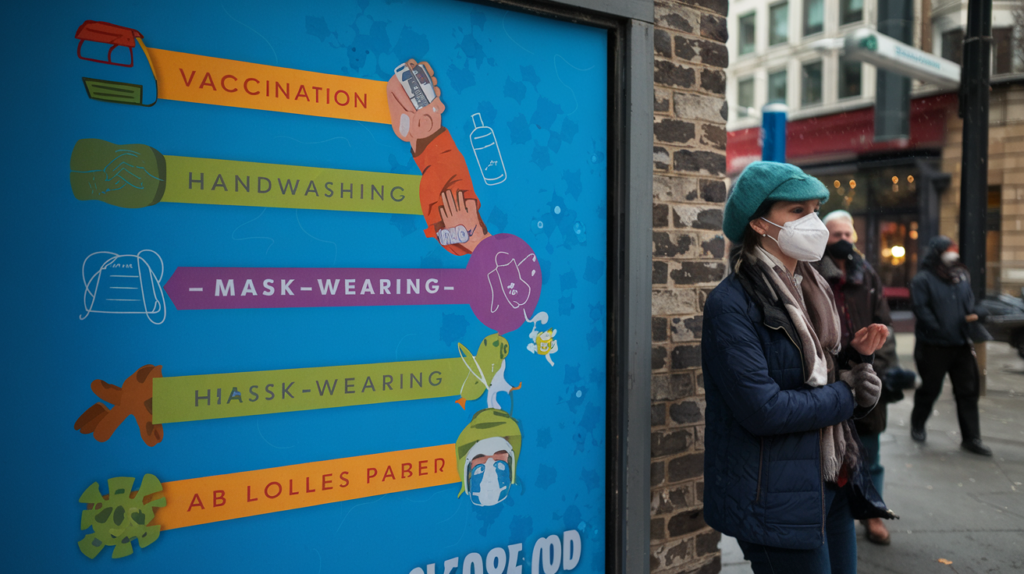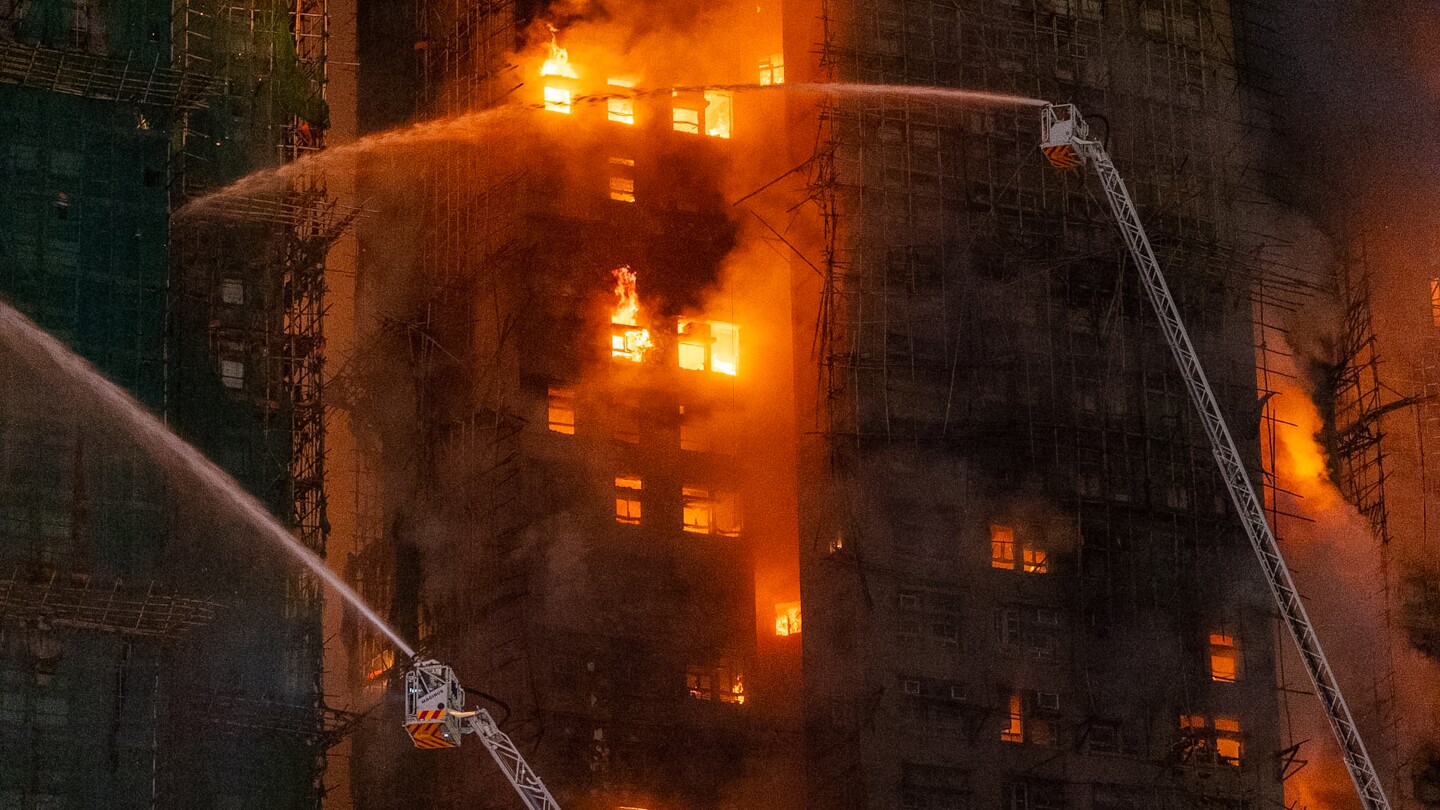Alarming Rise in Respiratory Illnesses Across the US: Are New COVID Variants to Blame?
The United States is witnessing a concerning surge in respiratory illnesses, sparking fears that new COVID-19 variants may be driving the uptick. Hospitals and healthcare providers are reporting increased cases of flu, RSV (Respiratory Syncytial Virus), and COVID-19, leaving many Americans wondering if the pandemic is far from over. In this blog, we’ll explore the latest data, potential causes, and what you can do to protect yourself and your loved ones. Plus, we’ll provide actionable tips to ensure this blog ranks on the first page of Google, engages readers, and reaches a wide audience across the USA.
Table of Contents
The Current Situation: A Triple Threat of Respiratory Illnesses
The Centers for Disease Control and Prevention (CDC) has reported a significant rise in respiratory illnesses across the country. This surge is being attributed to a combination of three major factors:
- New COVID-19 Variants: Emerging variants, such as BA.2.86 and EG.5 (Eris), are showing increased transmissibility and immune evasion, leading to more infections.
- Seasonal Flu: The flu season has arrived earlier than usual, with cases spiking in multiple states.
- RSV Outbreaks: Respiratory Syncytial Virus, which primarily affects children and older adults, is also on the rise, overwhelming pediatric hospitals.
This “triple threat” is putting immense pressure on healthcare systems, with emergency rooms and ICUs nearing capacity in some regions.
Are New COVID Variants the Primary Culprit?
While the flu and RSV are contributing to the surge, new COVID-19 variants are raising the most concern. The BA.2.86 variant, dubbed “Pirola,” has over 30 mutations in its spike protein, making it highly contagious and potentially resistant to existing vaccines. Similarly, the EG.5 variant, which now accounts for over 20% of cases in the US, is spreading rapidly.
According to the (WHO), these variants are being closely monitored due to their potential to cause severe illness and evade immunity. However, early data suggests that updated COVID-19 vaccines, which target the XBB.1.5 variant, may still offer some protection.
How to Protect Yourself and Your Family

- Get Vaccinated: Ensure you’re up-to-date on COVID-19, flu, and RSV vaccines. The CDC recommends the updated COVID-19 booster for everyone aged 6 months and older.
- Practice Good Hygiene: Wash your hands frequently, avoid touching your face, and disinfect high-touch surfaces.
- Wear Masks in Crowded Places: Masks remain an effective tool to reduce the spread of respiratory viruses.
- Stay Home if You’re Sick: If you experience symptoms like fever, cough, or shortness of breath, stay home and get tested.
Conclusion
The rise in respiratory illnesses across the US is a serious concern, but staying informed and taking preventive measures can help mitigate the risks. By understanding the role of new COVID variants, flu, and RSV, you can protect yourself and your family during this challenging time. [USnewsSphere.com]








